ACRYLIC PAINT, PVA GLUE, WATER ON BOARD

PORTRAIT – inspired by Pollock

BETH HARRIES – ACTION PAINTING
I have stepped away from my comfort zone where I was able to be in control. I decided to go large and construct a portrait, which was less controlled. By using sauce bottles, acrylic paint, PVA glue and water I created this final piece. I am exceedingly ecstatic with the result, as this was somewhat innovative to me. The oozing of paint gives a physical ambiance to the portrait and conveys the emotions alive. I used primary colours to generate this portrait, which restricted my palette, making me think about colour positioning. I really like how the layering of the paint runs into one another to build a secondary colour – the colours and textures created are stimulating and experimental.
I worked on this portrait from overhead and then dripped the paint; this allowed accidents to happen and attention-grabbing trails to appear. The process was uncontrollable which allowed me to go wild and experiment with lines and colour rather than worrying about the end resemblance.
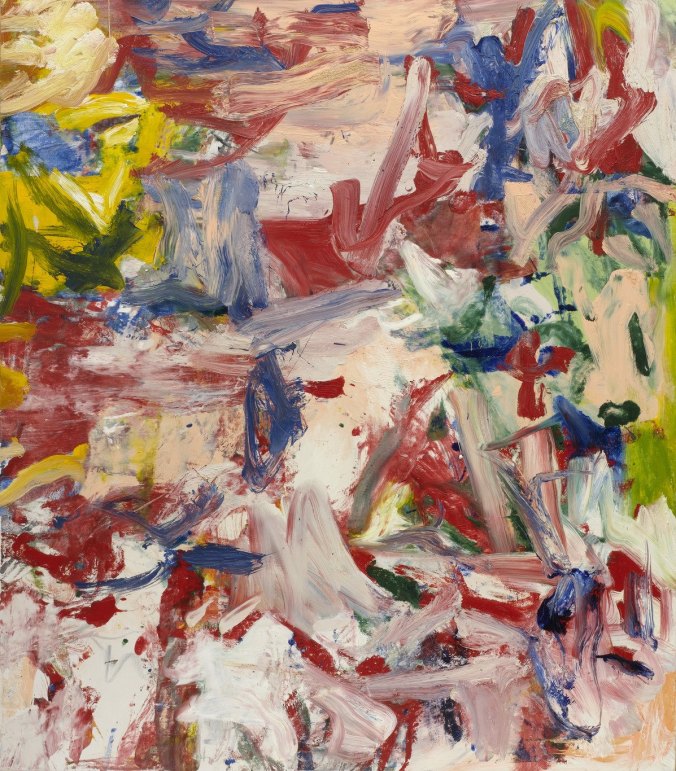
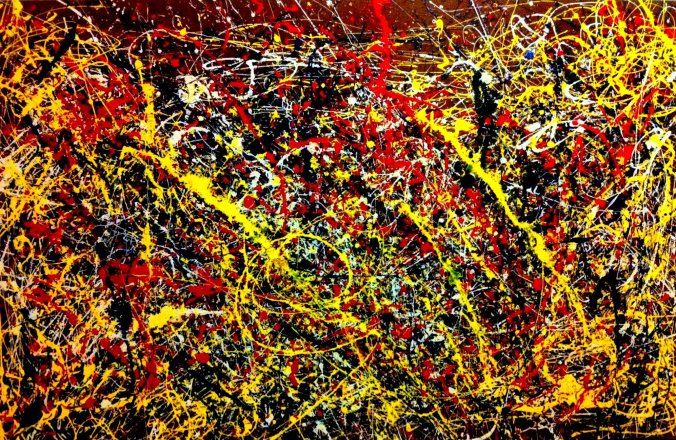




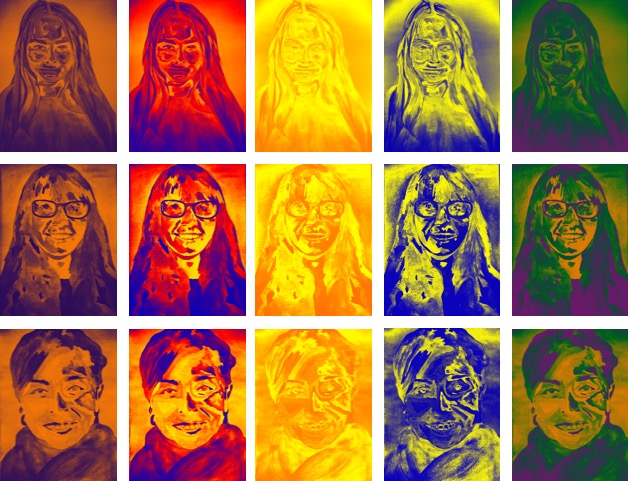
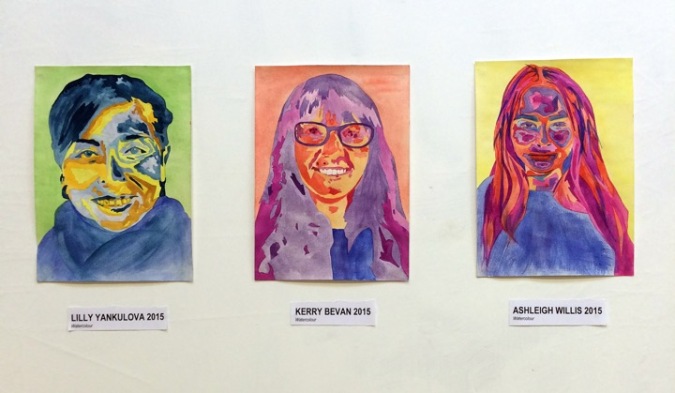



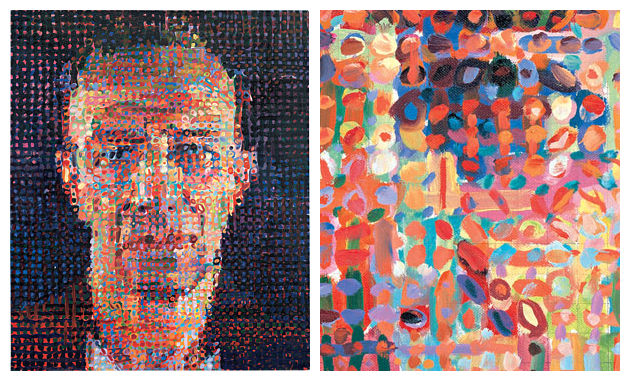 http://www.artyfactory.com/art_appreciation/portraits/chuck_close.html
http://www.artyfactory.com/art_appreciation/portraits/chuck_close.html